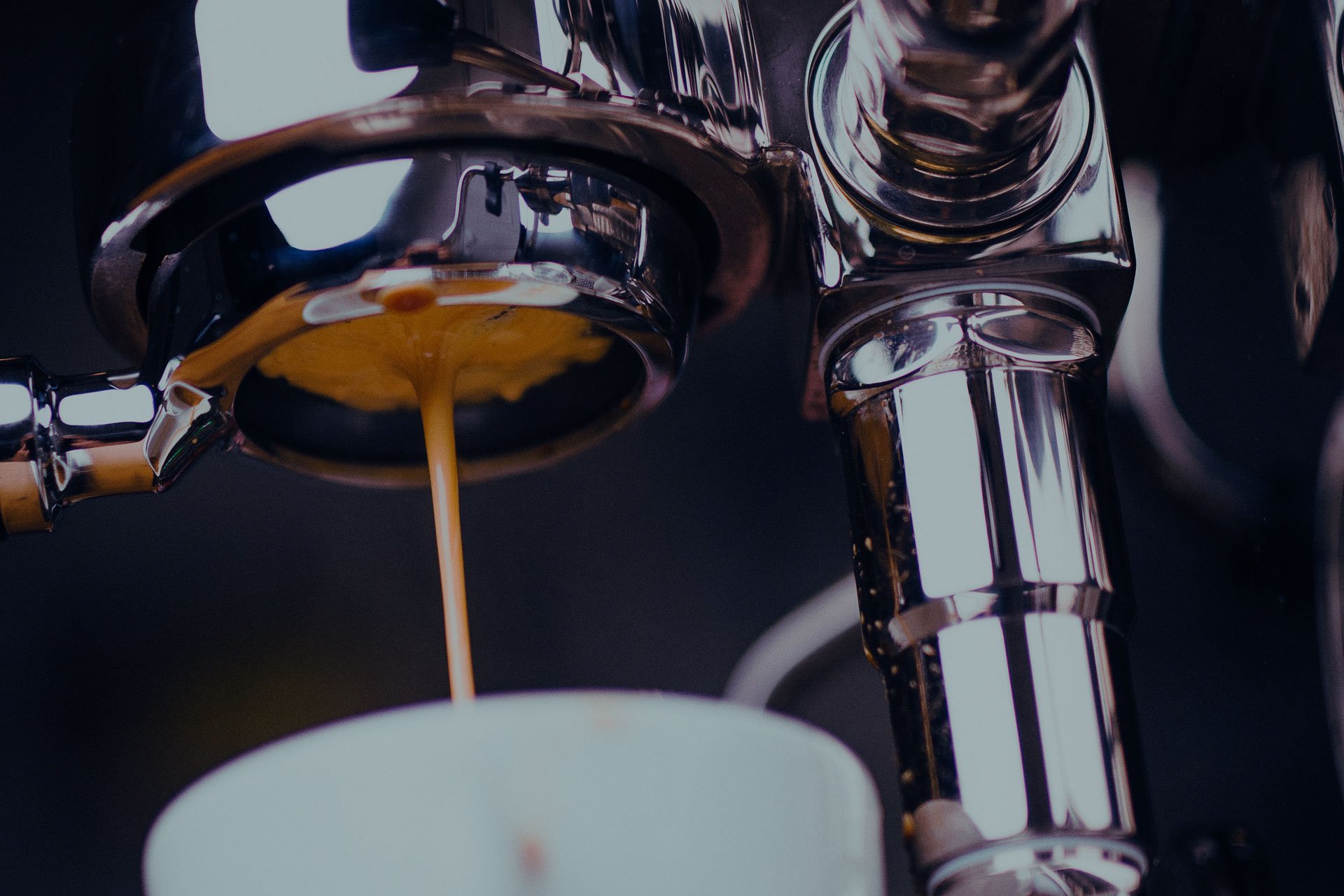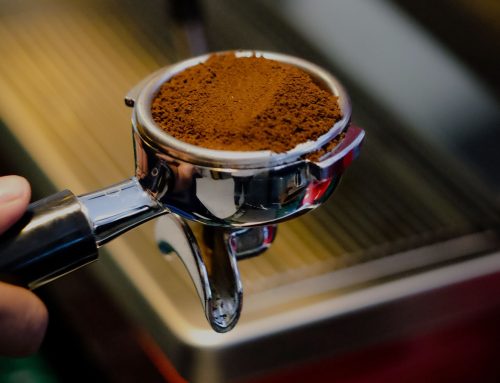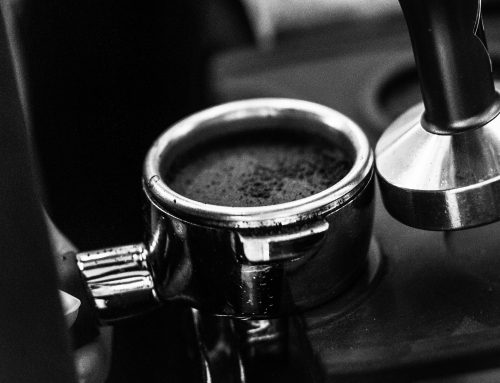Project Description
The key components essential to making great-tasting coffee drinks
Espresso machines have come a long way since the first one was built in the late 19th Century in Italy (in Turin, if you were wondering 😊). The inventor, Angelo Moriondo, couldn‘t have known then, of course, that espresso would one day become globally popular, and that, more than a century later, cafés, bars and restaurants everywhere would simply have to have an espresso machine, to compete for trade.
As with most types of equipment, espresso machines can be cheap and cheerful or premium quality advanced machines, in a range of sizes. Whatever a machine’s class, the functioning principles and essential parts – the internal workings, knobs and levers on a full rig – generally remain the same:
Group head – The portafilter is securely clamped and unclamped from this, to brew coffee. Some machines can boast two group heads, in fact. As well as allowing a connection with a portafilter, hot water is forced through the group head under pressure during the process of extracting espresso, the boiling water being dispensed into the coffee filter basket.
Hot water spigot – This spigot dispenses boiling hot water for use in the preparation of hot beverages (different types of coffee drink, teas…)
Shot buttons – These are programmable buttons that send boiling water through your espresso machine into your (clamped on) portafilter. You can set the programme to dispense a choice of shots: single, single long, double, double long; however, the programme isn’t restricted to this: the ‘free pour’ button will give you more shot length options.
Portafilter – AKA a ‘group handle’, this is basically a spoon-shaped handheld device (that locks onto and unlocks from the group head), and is where the espresso grounds are placed, ready for brewing. A portafilter’s assembly includes a handle, spigot and brew basket.
Steam Wand – Hanging off the side of your espresso machine, you’ll notice a long metal tube. That’s your steam wand, and – before you get excited that it may perform magic! – all it actually does is spit out steam. It’s a critical piece of kit, though; and some larger machines have two of them. Use it to force steam into your milk, while simultaneously creating froth/foam by aerating the liquid. Handy.
Pressure and temperature dials – Unless a disaster suddenly occurs, you shouldn’t really need to touch or adjust these. They’re there on your machine’s display simply to provide visual information: the hot water pressure and temperature level when brewing (when the machine is turned on). Your gauge will tell you when your brew pressure eventually reaches an adjustment point, or when pump replacement may be required, but, to be on the safe side, such jobs are best left to an espresso machine technician.
Oh, and let’s not forget:
A warming rack – No-one wants a hot tea or coffee served in a cold cup or mug, right? Right. That’s what your warming rack, on the top of your machine, is there for. Leave crockery on the top of your rig, and it’ll warm through nicely ready for when it’s time to prepare and serve your next hot beverage. Don’t expect to find a warming rack on a smaller domestic rig, though: they’re usually only added to commercial machines.
What to do now
So, now that you’re familiar with your rig, and your mugs and cups are all wonderfully warmed up and waiting, discover the secret to serving up the PERFECT espresso!


